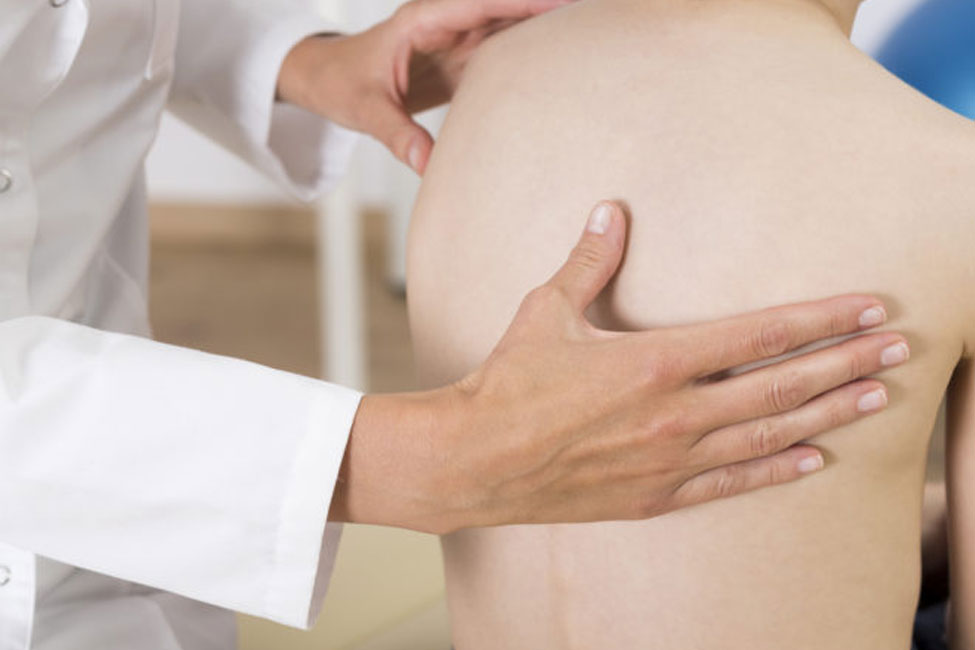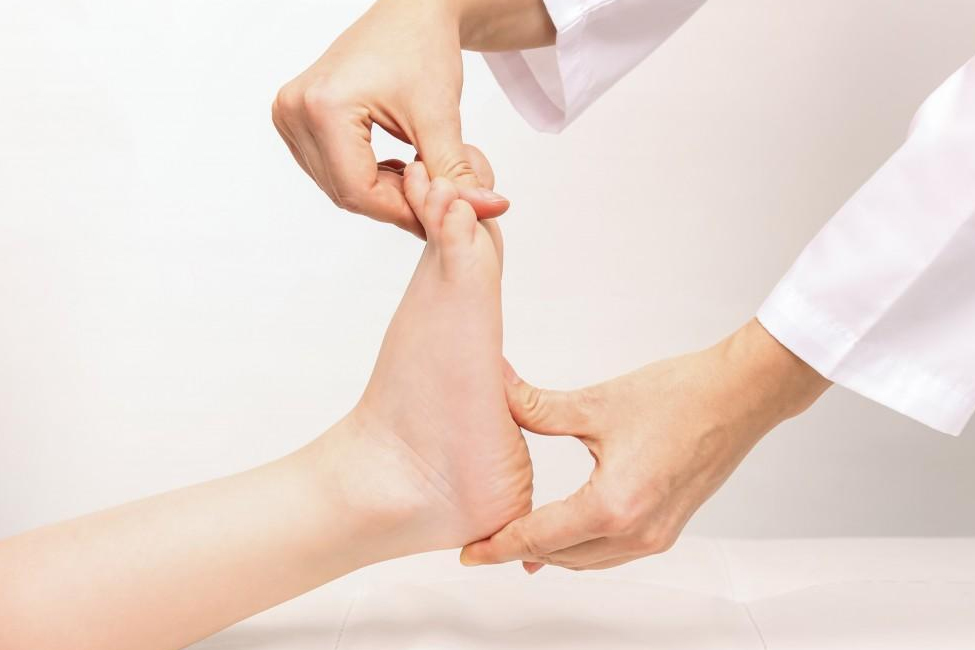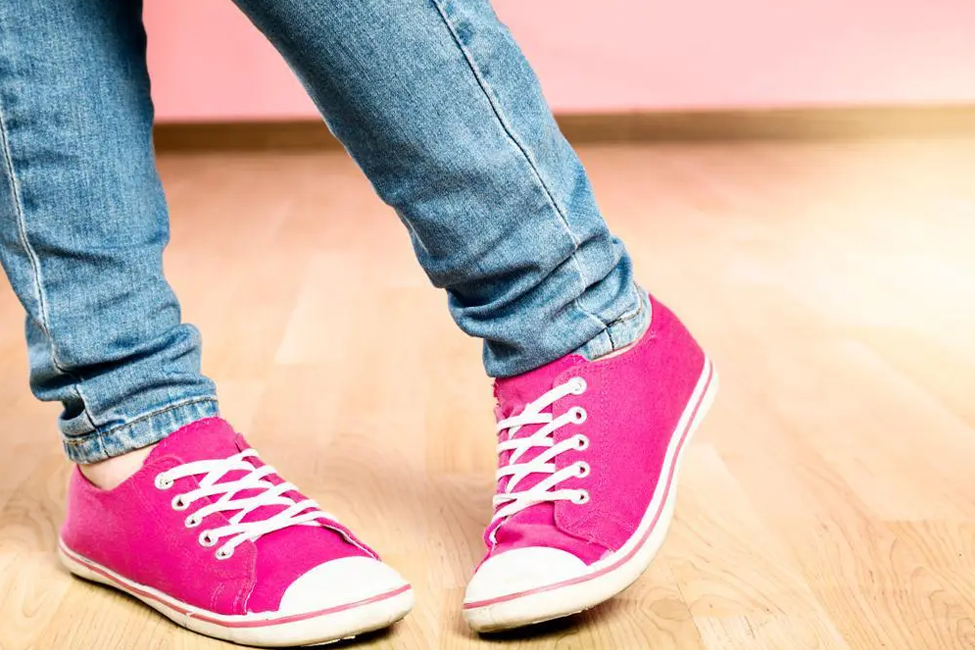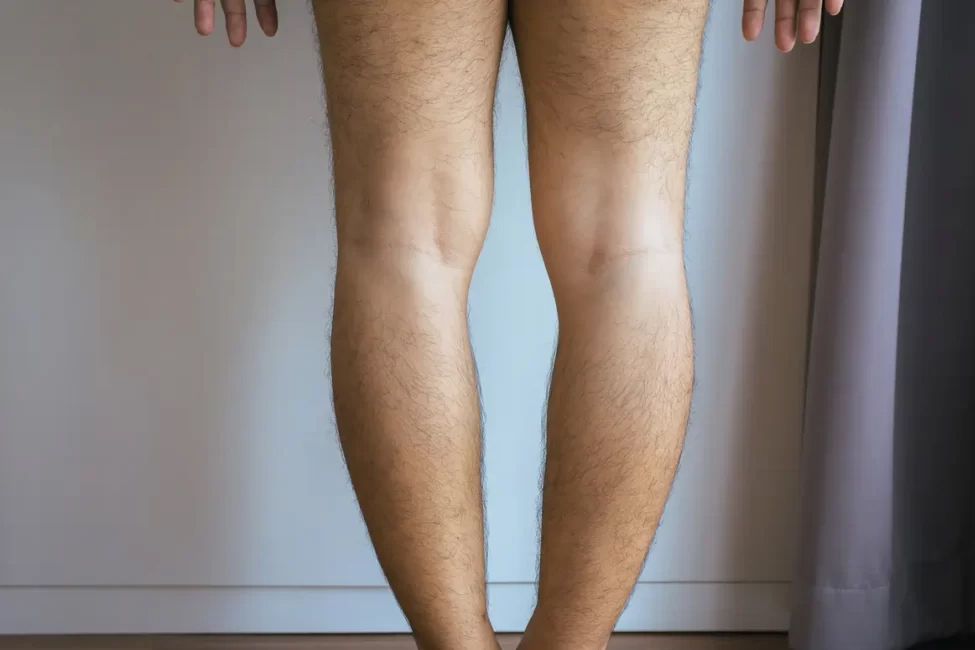Paediatric Scoliosis: Causes, Symptoms, Treatment, and Prevention
What is Paediatric Scoliosis?
Paediatric scoliosis is an abnormal sideways curvature of the spine in children and adolescents. It usually develops before the age of 18 and can be caused by various factors, such as structural deformities, muscle imbalances, or underlying medical conditions.
Type of Paediatric Scoliosis
There are several types of pediatric scoliosis:
- Idiopathic Scoliosis: This is the most common type, with no clear cause, and is categorised by age into infantile, juvenile, and adolescent subtypes.
- Congenital Scoliosis: Present at birth due to spine malformations in the womb.
- Neuromuscular Scoliosis: Caused by conditions affecting the nerves or muscles, such as cerebral palsy or muscular dystrophy.
- Syndromic Scoliosis: Associated with specific genetic or syndromic conditions, like Marfan syndrome or neurofibromatosis.
How Common is Paediatric Scoliosis?
Pediatric scoliosis is relatively common, affecting about 2-3% of the adolescent population, though the prevalence can vary depending on the type and severity of the condition.
Causes of Paediatric Scoliosis
The causes of pediatric scoliosis can vary and depend on the specific type:
Idiopathic Scoliosis
The most prevalent type with no clearly identified cause. However, it’s often categorised based on age:
- Infantile Idiopathic Scoliosis: Occurs in children under the age of three.
- Juvenile Idiopathic Scoliosis: Develops between ages 3 and 10.
- Adolescent Idiopathic Scoliosis: Most common, occurring in children aged 10 to 18, without any specific cause identified.
- Congenital Scoliosis: Arises due to abnormal spine development in the womb, resulting in vertebral malformations at birth.
Neuromuscular Scoliosis
Associated with underlying neuromuscular conditions like cerebral palsy, muscular dystrophy, or spinal muscular atrophy, affecting muscle control and nerve function, leading to spinal curvature.
Syndromic Scoliosis
Linked with certain genetic or syndromic conditions such as Marfan syndrome, neurofibromatosis, or other rare genetic disorders that can involve spinal abnormalities.
Symptoms of Paediatric Scoliosis
The symptoms of pediatric scoliosis can vary based on the type and severity of the condition. Common signs and symptoms include:
- Visible Spinal Curve: The most noticeable sign is an abnormal curvature or sideways bend of the spine. This might cause the shoulders, waist, or hips to appear uneven.
- Asymmetry: One shoulder or hip may be higher than the other, leading to an uneven appearance when standing.
- Uneven Muscles: Muscle imbalances or prominence on one side of the back might be observed.
- Changes in Gait or Posture: A child might exhibit changes in walking patterns, like favouring one side, or an altered posture, such as leaning to one side.
- Pain or Discomfort: Some children might experience back pain, although pain is not always present in every case of scoliosis.
Diagnosis of Paediatric Scoliosis
Diagnosing pediatric scoliosis typically involves several steps:
Physical Examination
An orthopaedic specialist conducts a thorough examination, observing the child’s back, posture, and spinal alignment while the child is standing and bending forward.
Imaging Studies
X-rays of the spine are the primary method to confirm scoliosis, determining the degree of curvature and its location. X-rays help in the classification of the scoliosis curve and monitor its progression.
Measurement of Curvature
The Cobb angle, measured on X-rays, quantifies the degree of spinal curvature. This measurement is crucial for determining the severity and the need for treatment.
Additional Tests
Sometimes, additional tests might be recommended, such as MRI or CT scans, especially if an underlying cause, such as spinal cord abnormalities or vertebral malformations, is suspected.
Complications of Paediatric Scoliosis
Complications associated with pediatric scoliosis can vary based on the severity of the condition and the specific type of scoliosis. Potential complications might include:
- Pain and Discomfort: Children with scoliosis, especially those with a significant spinal curvature, might experience back pain or discomfort, particularly as they grow and the curve progresses.
- Psychological Effects: The visible spinal curvature might affect a child’s self-esteem, leading to emotional stress or psychological impact due to body image concerns.
- Breathing and Heart Problems: Severe cases of scoliosis, particularly those with significant thoracic curvature, can affect lung capacity and heart function, leading to potential breathing difficulties or heart issues.
- Functional Limitations: Severe spinal curves might limit a child’s physical activities or functional abilities, affecting their overall quality of life.
Treatment Options for Paediatric Scoliosis
Treatment for pediatric scoliosis varies depending on the severity, the child’s age, and the type of scoliosis. Treatment options may include:
Observation and Monitoring
For mild cases, especially in cases of small curves, regular monitoring may be advised to track progression but might not require immediate treatment.
Bracing
Bracing is often recommended for moderate curves in growing children to prevent further progression. The brace, worn for several hours each day, helps halt the curvature’s advancement.
Physical Therapy and Exercise
Specific exercises and physical therapy techniques can be employed to improve flexibility, strengthen muscles, and promote better posture.
Surgical Intervention
Severe cases, particularly those with large or rapidly progressing curves, may require surgery. Spinal fusion and instrumentation are common surgical procedures aimed at correcting the curve, stabilising the spine, and preventing further progression.
Preventing Paediatric Scoliosis
Preventing pediatric scoliosis may not always be possible, especially in cases where the cause is idiopathic (unknown). However, certain measures can be taken to reduce the risk of progression or complications potentially:
- Routine health check-ups can aid in early detection and monitoring of spinal changes, potentially catching scoliosis in its early stages.
- Promoting good posture habits and ensuring proper body mechanics during activities and at rest might help prevent the development or worsening of spinal curvature.
- Encouraging children to engage in regular physical activity and exercises that promote core strength and flexibility may help maintain overall spinal health.
- Children with a family history of scoliosis or other risk factors might benefit from periodic spinal evaluations to monitor for any signs of curvature.
Living with Paediatric Scoliosis
Living with pediatric scoliosis involves various aspects that might affect the child’s everyday life:
- Children with scoliosis need specific treatments such as bracing, exercises, or surgery, requiring regular follow-ups for effective care.
- Adapting activities to accommodate any discomfort or restrictions caused by scoliosis is necessary for daily life.
- Addressing emotional well-being is crucial, ensuring a positive self-image despite any visible changes.
- Scoliosis typically doesn’t hinder educational or social activities, allowing children to maintain a regular lifestyle.
- Adherence to treatment plans, including wearing braces and regular check-ups, is vital for effective scoliosis management.
Paediatric scoliosis encompasses various types, requiring early detection, proper management, and support for affected children. Timely intervention, treatments, and a positive environment are crucial for their well-being.
For expert evaluation and tailored guidance specific to pediatric scoliosis, consider seeking an appointment with The Orthopaedic Practice and Surgery Clinic. Our specialised team can offer comprehensive assessments and personalised care, prioritising your child’s spinal health.
Take the proactive step—request an appointment today for expert evaluation and guidance in managing pediatric scoliosis effectively.







